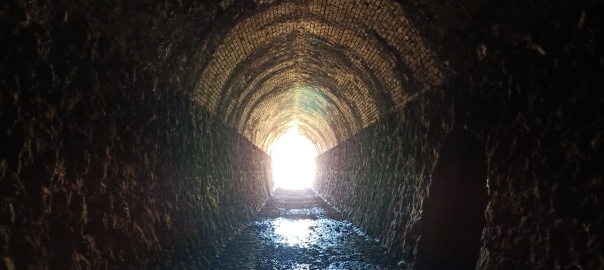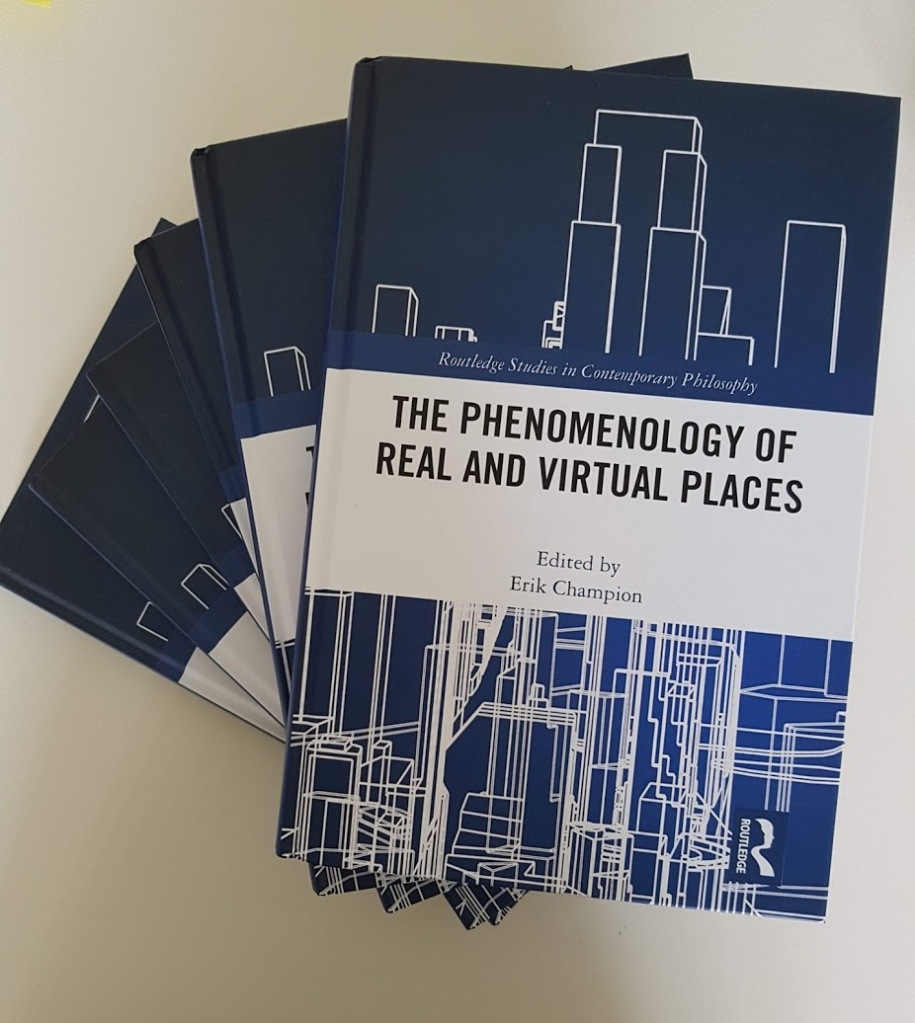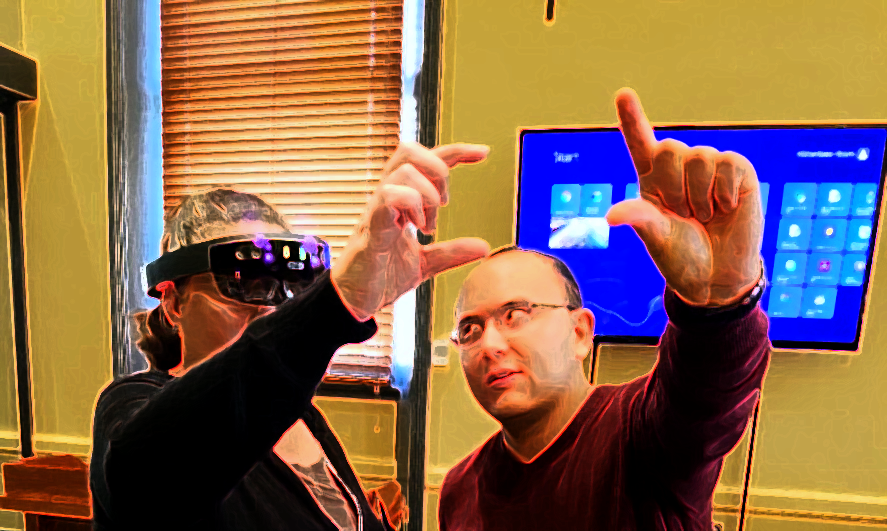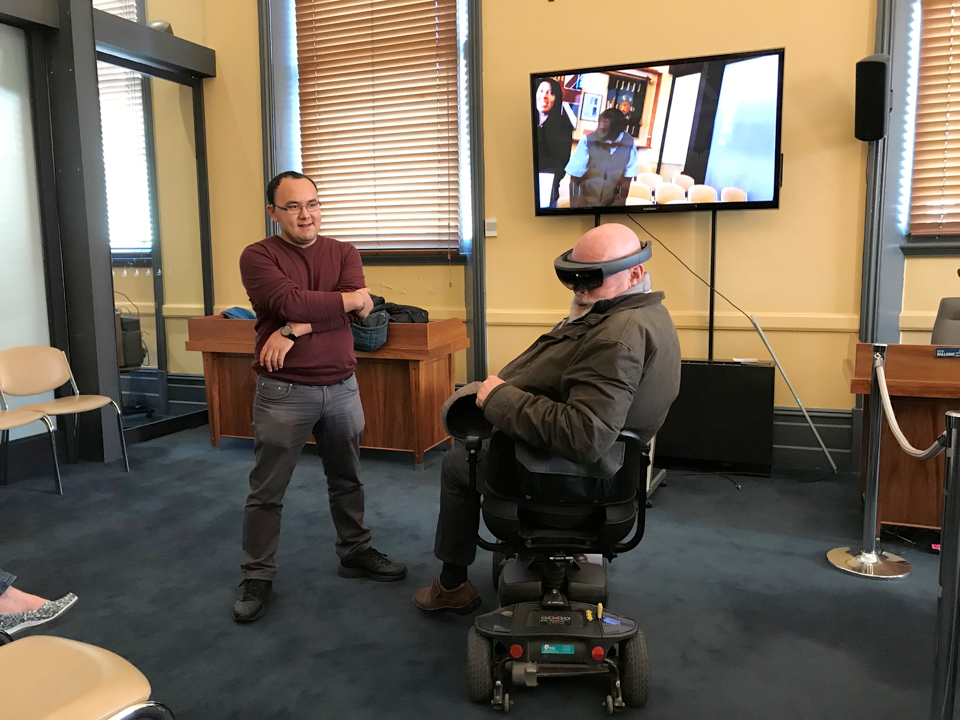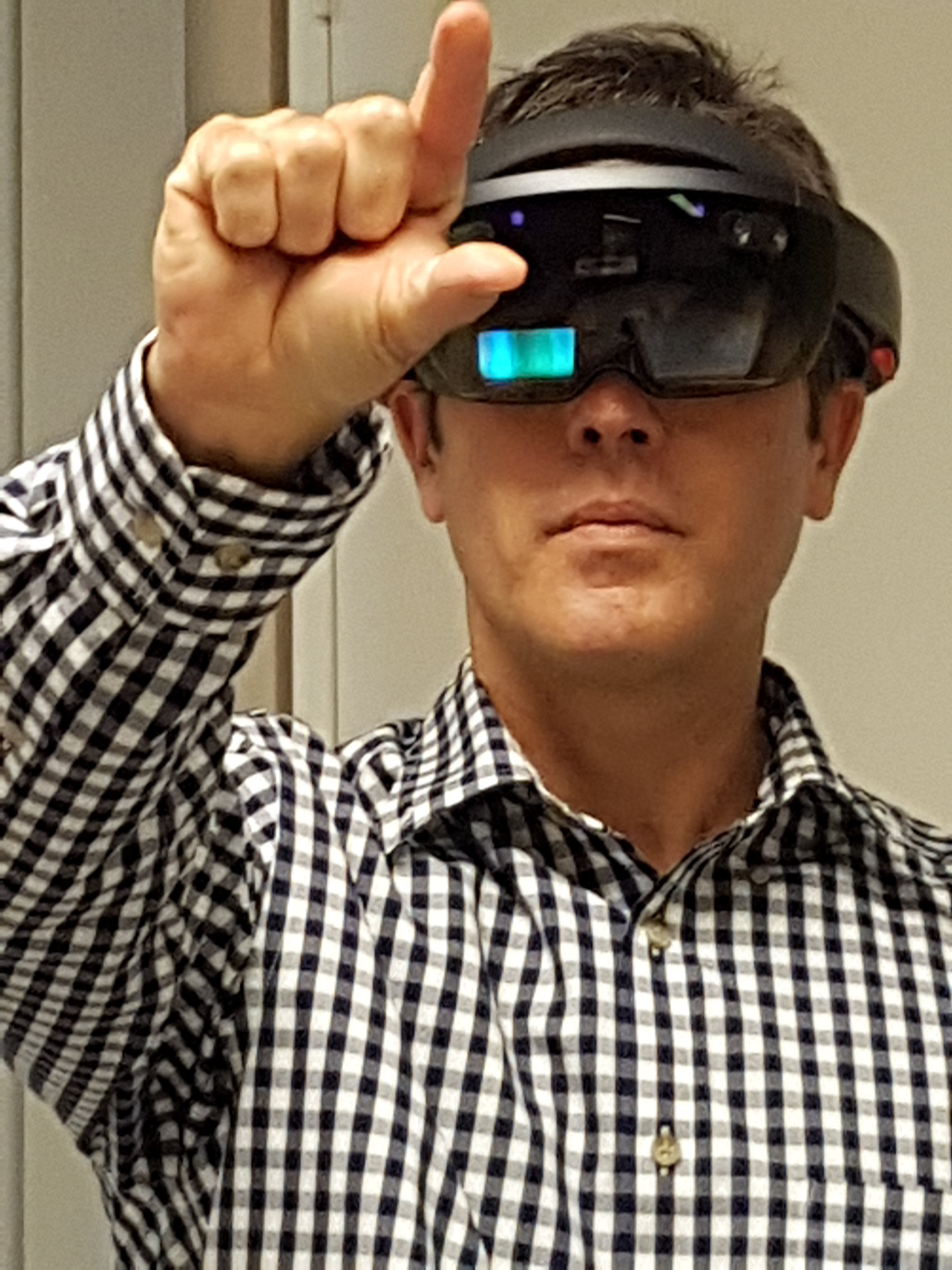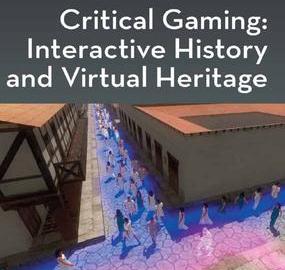Chapter One explores the innovation and wilder inventions of early virtual environments and computer games. Have these developments, along with the increasing popularity of science fiction, promulgated fertile concepts of virtual places? I will suggest they have not.
Chapter Two explores the early development of virtual worlds, and game-worlds. Despite the hype of early virtual worlds, they, along with virtual museums (Huhtamo 2010), have seldom managed to capture and retain worthwhile visitor numbers (Styliani et al. 2009). What were the main features and attractions of virtual museums? Why have they gone in and out of fashion and have they actually been of any benefit to real-world museums? I will specifically look at how they use or change the use of space, and which if any place affordances were used in their design. I will then look briefly at the changing commercial and community virtual worlds that were developed, grew and fell during the last two decades.
Chapter Three discusses the representation-orientated and essentialist nature of major architectural theories. The second half of this chapter describes related design tools and asks a question of the training of architects for designing virtual places. If architects are not trained in usability and interaction design principles, how can they design engaging and profound interaction in these virtual worlds? Are traditional devices and technologies for designing, experiencing, and reflecting on place in danger of being lost in this digital era?
Chapter Four summarizes relevant philosophical exploration of real places and extrapolates them to virtual places and to notions of cyberspace. Related concepts discussed include the notion of VR as control, realism, authenticity and presence.
Chapter Five overviews a few key recent developments in neuroscience and how they may help our understanding of how people experience, store and recollect place-related experiences. Can these discoveries help our design of virtual places? Do philosophical explanations of memory and place (Ihde 2002, Tavanti and Lind 2001) reflect recent discoveries in scientific experiments (Farovik et al. 2015)? Can science help us better design virtual places (Johnson 2013, Moore 2005)? Do they explain how people navigate and orient themselves in virtual places (Cockburn 2004, Zimring and Dalton 2003)? The second part of Chapter Five discusses the importance of affordances and the confusion surrounding them.
Understanding game mechanics is of great relevance to virtual place designers, Chapter Six summarizes conflicting definitions of game mechanics and an explanation of different types of game mechanics suited to differing design purposes. This chapter also briefly discusses gamification.
Chapter Seven asks “Do Serious Gamers Learn from Place?” We could summarize this concern in the following three questions: do we know if learning has taken place, if it has taken place effectively, and if the knowledge that resulted from the learning is transferable? In contrast to James Gee (Gee 2003) I do not believe that all games are good games, and that all games are therefore good learning environments but in I will discuss procedural rhetoric and whether serious games help people engage with pedagogical objectives of humanities subjects.
Chapter Eight focuses on the relationship of culture to place. This chapter revisits definitions of culture, explores how culture can be communicated and understood in virtual places (transmissions), and determines whether there are specific requirements with virtual worlds. I also discuss the importance of roles, rituals and agents. In order to measure how closely culture can be observed, appreciated or understood through virtual environments, I have suggested that cultural presence be defined as the feeling of being in the presence of a similar or distinctly different cultural belief system (Champion 2011).
Chapter Nine explores evaluation methods (both traditional and recent), which address the complicated problem of understanding how people evaluate places, and whether this knowledge can be directly applied to the evaluation of virtual places. How do they get around the problem of the newness of virtual reality or the subjectivity/objectivity debates surrounding immersion and presence? Are they inspired by related but highly theoretical fields such as phenomenology, or has philosophy in general been left behind in the practical evaluation of place?
Chapter 10 discusses the emerging platforms and related tools that claim to help distribute, store and preserve virtual places Understanding the significance of the latest research is not enough, we also need to understand the significance and issues of the software, hardware and platforms that can be used for the design and experience of virtual places. There is an increasing trend to the more accessible, portable and component-based, does this mean we are on the brink of Convergent Cultures? In particular, I suggest that virtual heritage has focused more on communication than on preservation. We cannot afford to have our digital heritage disappearing faster than the real heritage or the sites it seeks to ‘preserve’ otherwise all of our technological advances, creative interpretations, visualizations and efforts will have been in vain.


